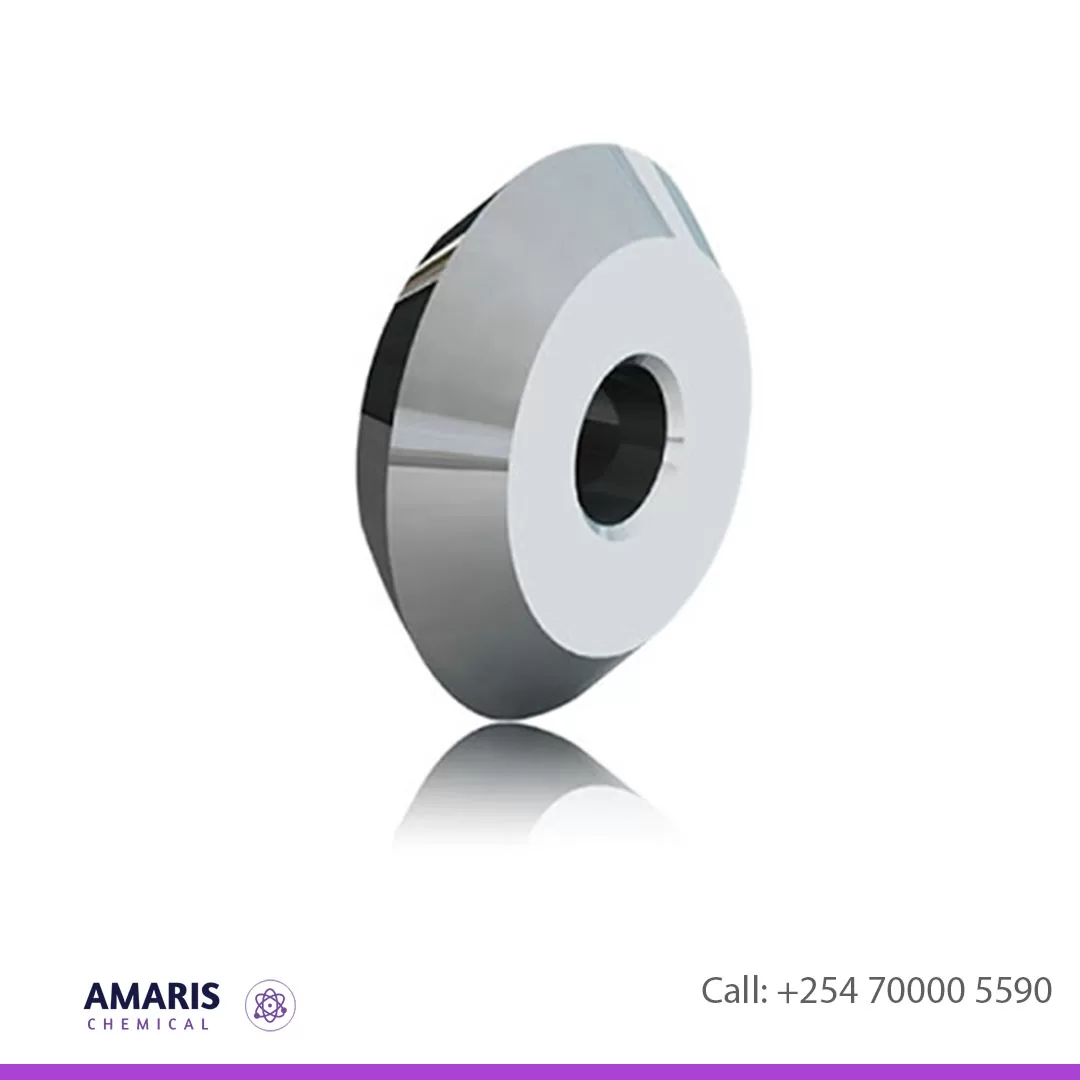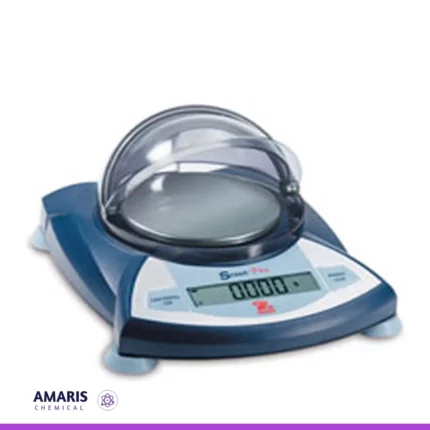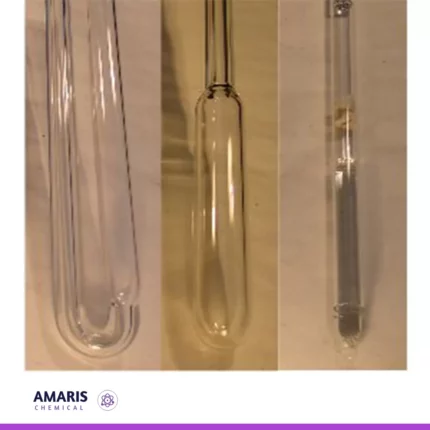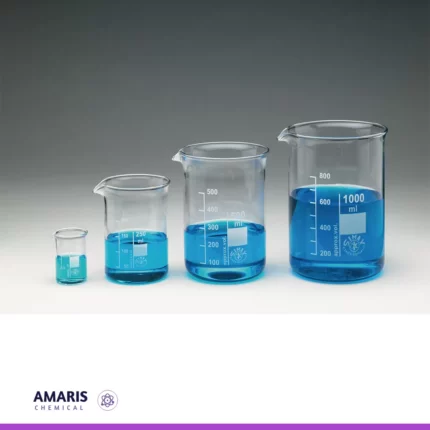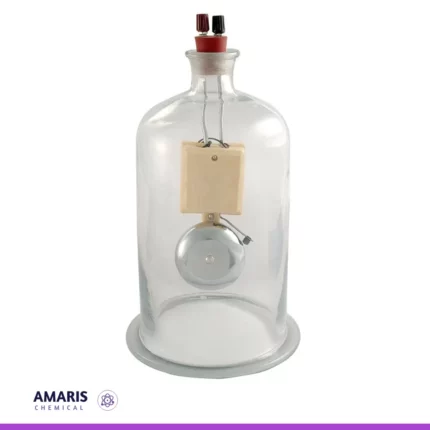“Zinc Oxide 25kg (ZnO) Tech Grade” has been added to your cart. View cart
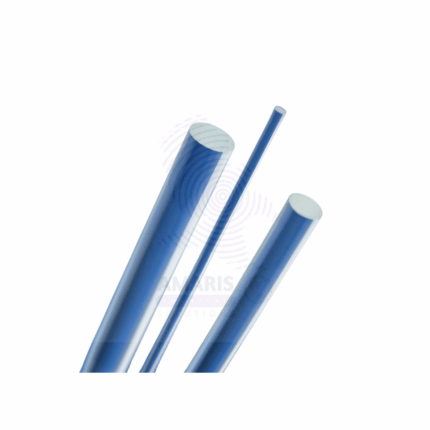
Glass Rod for Static Electricity
KSh0.01
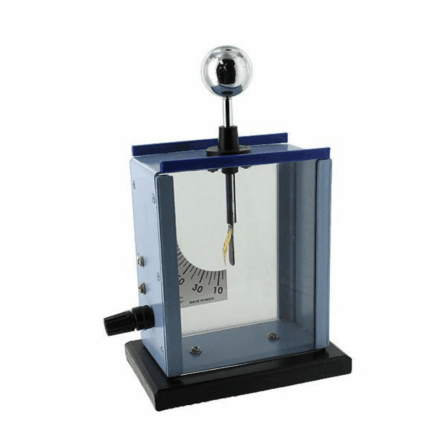
Gold Leaf Electroscope
KSh1,800.00 Original price was: KSh1,800.00.KSh1,700.00Current price is: KSh1,700.00.
Glass Tubing Cutter Wheel Type
KSh900.00 Original price was: KSh900.00.KSh800.00Current price is: KSh800.00.
A glass tubing cutter with a wheel type design is a commonly used tool in laboratories for precisely cutting glass tubing. These cutters are preferred for their ability to make clean and smooth cuts with minimal effort and risk of breaking the glass unevenly.
SKU:
ACS54332CHEM0
Category: Special Laboratory Equipment
Description
Uses of Glass Tubing Cutter Wheel Type
1. Preparing Custom Glassware
- Cutting Glass Tubing to Size: Customizing the length of glass tubing to create specific pieces of glassware such as pipettes, burettes, and condensers.
- Crafting Specialized Apparatus: Making precise cuts for specialized glass apparatus required in unique experimental setups.
2. Modifying Existing Glassware
- Trimming Glass Pieces: Adjusting the length of glass tubing in pre-made laboratory setups for optimal fit and function.
- Creating Openings: Making openings or notches in glassware for connections or modifications.
3. Chemical and Biological Experiments
- Setting Up Reactions: Preparing glass tubing for use in various chemical reactions, ensuring the tubing fits properly into reaction setups.
- Biological Sampling: Creating customized glass tools for sampling and handling biological materials.
4. Instrumentation Assembly
- Assembling Glass Instruments: Constructing and modifying glass components in instruments like gas chromatography setups, distillation columns, and other analytical equipment.
- Repair and Maintenance: Repairing damaged glass parts of laboratory instruments to ensure they function correctly.
5. Educational Demonstrations
- Teaching Tool: Demonstrating proper glass cutting techniques in educational settings to train students and laboratory personnel.
- Hands-On Learning: Allowing students to practice cutting glass tubing as part of their laboratory skills development.
6. Creating Joints and Connectors
- Fabricating Glass Joints: Making precise cuts to form joints and connectors between different glass components, ensuring airtight and secure connections.
- Connecting Tubes: Customizing glass tubing to create smooth connections in complex glassware assemblies.
7. Smoothing Edges and Preparing Ends
- Deburring Edges: After cutting, the edges can be sharp; the cutter helps in making clean cuts that are easier to smooth with minimal additional work.
- Preparing Ends for Sealing: Ensuring the cut ends of the glass tubing are smooth and even, making them easier to seal with heat or to attach to other components.
8. Safety Enhancements
- Reducing Breakage Risk: By making clean, precise cuts, the cutter helps reduce the risk of glass breakage and associated hazards during experiments.
- Minimizing Injuries: Proper use of the cutter minimizes the likelihood of injuries that can occur from jagged or improperly cut glass.
Shipping & Delivery
Related products
Barlows wheel apparatus
KSh0.01
The Barlow's wheel apparatus is an experimental device used to demonstrate the conversion of electrical energy into mechanical energy through electromagnetic principles. It consists of a horizontal wheel or disk with radial metal spokes attached to its center. The wheel is mounted on an axle, allowing it to rotate freely.
Barometer tubes
KSh0.01
A barometer tube is a slender, sealed, and typically transparent tube used in barometers to measure atmospheric pressure. It is usually filled with a liquid, often mercury, but sometimes water or another fluid, which rises or falls within the tube in response to changes in atmospheric pressure. The height of the liquid column in the tube serves as an indicator of the current atmospheric pressure, with higher pressure causing the liquid to fall and lower pressure causing it to rise. This measurement helps in predicting weather changes and understanding atmospheric conditions.
Beaker Simax
KSh0.01
A glass beaker is a cylindrical, open-top container made of glass, typically with graduated volume markings on its side. It is commonly used in laboratories for holding, mixing, and heating liquids, as well as for performing various experiments and chemical reactions. Glass beakers come in various sizes and are designed to provide easy observation of the contents and to withstand temperature changes without significant deformation or chemical interaction with the substances being used.
bell in vacuum
KSh0.01
A "bell in vacuum" apparatus is a scientific setup used to demonstrate the effects of reduced air pressure (vacuum) on sound transmission. It typically consists of a bell or sound-producing object enclosed within a sealed chamber from which air has been removed, creating a low-pressure environment. This apparatus is designed to illustrate how sound travels differently in a vacuum compared to in normal atmospheric conditions, highlighting the role of air molecules in sound propagation.
bell in vacuum with air pump with plate
KSh0.01
A "bell in vacuum" apparatus is a scientific setup used to demonstrate the effects of reduced air pressure (vacuum) on sound transmission. It typically consists of a bell or sound-producing object enclosed within a sealed chamber from which air has been removed, creating a low-pressure environment. This apparatus is designed to illustrate how sound travels differently in a vacuum compared to in normal atmospheric conditions, highlighting the role of air molecules in sound propagation.

